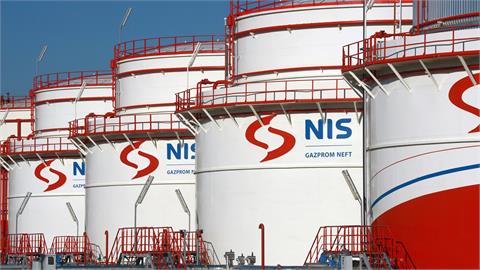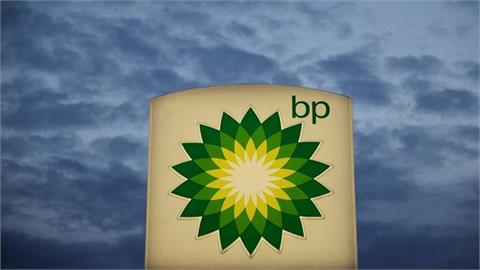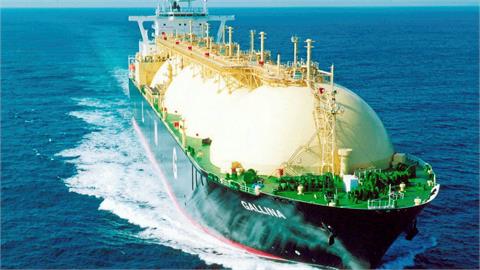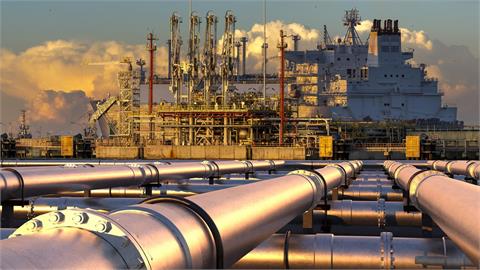Oil output hit a nine-year low last month as producers reacted to the plunge in demand triggered by the coronavirus crisis, the IEA said Friday, but output is now set to recover.
While the Paris-based International Energy Agency warned that the resurgence of the coronavirus in parts of the world injected added uncertainty into forecasts, it sees the market turning a corner.
"During June, global oil output tumbled to a nine-year low" as the OPEC cartel and its allies cut production and producers in the United States and elsewhere reacted to continued relatively low prices and scaled back operations.
"From July, however, oil supply should begin to trend higher as producers react to signs of recovering demand as lockdowns ease," said the IEA in its regular monthly report on the oil markets.
"Futures markets are anticipating a transformation in the oil market from substantial surplus in the first half of the year to a deficit in the second half."
The lockdowns adopted by nations around the world earlier this year triggered an unprecedented drop in demand for oil as travel was restricted and many factories slowed or shut production.
The IEA estimates global oil demand fell by 16.4 million barrels per day year-on-year in the second quarter, when much of Europe and North America were under lockdown.
But as nations ease those measures, demand has been recovering, with the IEA pointing to strong rebounds in China and India in May.
As the second quarter demand drop was a bit less than it had earlier estimated, the IEA adjusted its forecasts.
It now expects that global oil demand this year will average 92.1 mbd, down by 7.9 mbd from 2019, a slightly smaller decline than it forecast in June.
The better performance in 2020 translates into a slightly lower recovery of 5.3 mbd next year to 97.4 mbd in average daily demand.
"However, the strong growth of new Covid-19 cases that has seen the re-imposition of lockdowns in some regions, including North and Latin America, is casting a shadow over the outlook," said the IEA.
From September it sees the drop in demand for petrol and diesel to be nearly gone. From that point lower demand by the aviation industry for fuel will we be the major component of the overall drop in demand.
(www.rfi.fr, July 10, 2020)



